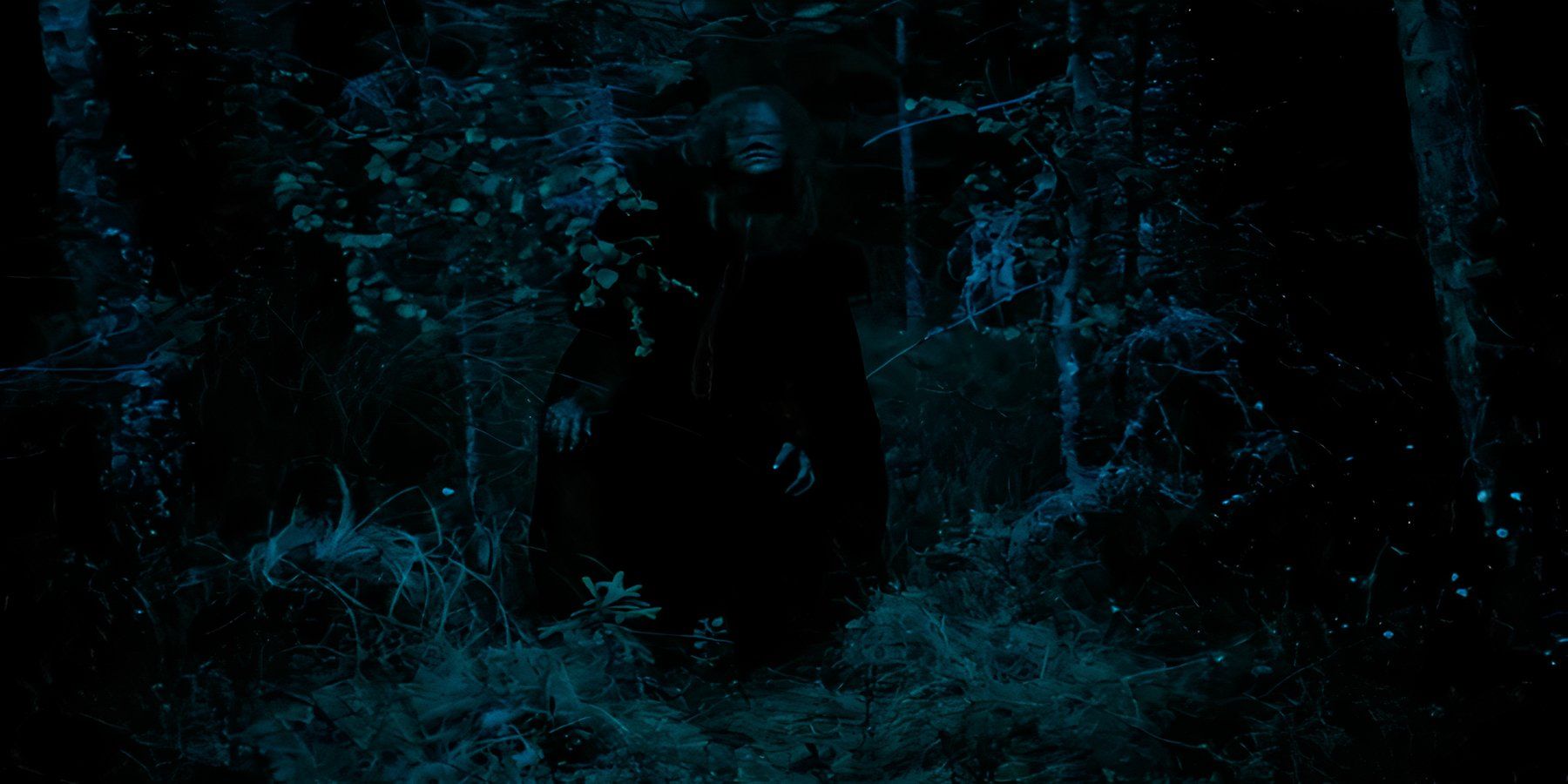Fantasy has always been a ripe genre combination for horror, one that’s netted such iconic films as Guillermo del Toro’s Pan’s Labyrinth and Robert Eggers’ The Witch. However, let’s not forget the sweeping horror crusade emerging from Europe in recent memory, with films like The Vourdalak and You Won’t Be Alone still leaving us quivering in our seats from their unique haunting narratives. Another bright — or, more fittingly, dark — example that’s arrived in the last decade is Draug, a Swedish horror film that follows a search party’s descent into an eldritch, shadowy territory rampant with pagan worship and whispers of the mythical “draugr.”
Released in 2018, Draug is both a nightmarish glimpse into Swedish history and a prime example of horror built around Nordic mythology, the legends of which are best remembered through depictions of the Vikings as its violent adherents (whose ferocity only serves to make their monsters that much more terrifying).
Though the film garnered modest success on the festival circuit, it has failed to make a broad impression in the U.S. and is today only found on select streaming services. Considering its sheer, transcendent horror — shared with several other terrifying fantasy films — I believe it’s time we change that by giving Draug the attention it truly deserves.
Draug Is A Genuinely Scary Movie Within The Dark Fantasy Realm
The Film’s Ancient Subject Matter Is The Stuff Of Nightmares
Set in 11th-century Sweden at the end of the Viking Age, Draug follows a doomed rescue party as they venture into the northernmost parts of Odmarden in search of a missing missionary, encountering evidence of several ominous rites and rituals on their less-than-merry way.
Among the party members is a young woman named Nanna (Elna Karlsson), for whom the rescue mission is a sort of homecoming as her birthplace lies within the cold pagan territory. Her presence on the trip proves to be a curse for the rescuers, since before long, the party finds themselves relentlessly stalked by a chilling, ancient evil.
From start to finish, Draug‘s ambiance is unrelenting, leaving viewers with a brooding auditory sense of foreboding only exacerbated by the film’s stark, disturbing visuals.
What separates Draug from its recent horror contemporaries is its commitment to true, unnerving terror — a feat not accomplished through popcorn-hurling jumpscares, mind you, but rather through a fervent and calculated construction of cinematic atmosphere. From start to finish, Draug‘s ambiance is unrelenting, leaving viewers with a brooding auditory sense of foreboding only exacerbated by the film’s stark, disturbing visuals.
ou know something bad’s about to happen, and you can’t look away — that is the rare, grotesque terror that Draug epitomizes throughout its brief hour-and-28-minute runtime, in which every lone second makes your skin want to utterly crawl.
How Draug Differs From Most Dark Fantasy Movies
The Draugr Isn’t The Film’s Greatest Force Of Evil
Unlike most horror fantasies, which pit their characters against a singular (and sometimes varied) villainous force, Draug presents a far blacker primordial landscape in which malevolence is the presiding order of a world without light — only darkness and fleeting reprieve from the darkness.
In this sense, the тιтular draugr of the film is not some masked phantom or a twisted abomination of nature, but nature itself, set on a territorial hunt for its powerless, intrusive prey. It is a much broader and more thematic threat that the main characters navigate and one that is far more terrifying.
Because of this unique narrative darkness, there was truly no better place for Draug to take inspiration from than Norse mythology’s most terrifying monsters and spirits, of which a quick search on Wikipedia’s underbelly can leave you fretful and quivering. All kidding aside, Draug is a film far more deserving of recognition and acclaim than its limited theatrical release allowed seven years ago.
Despite this, this underrated Swedish gem persists as a dark and unholy beacon of terror in the modern horror landscape, and with a little luck, it’ll soon be a film far more appreciated.






